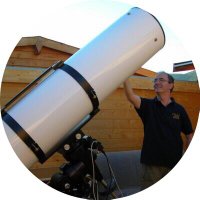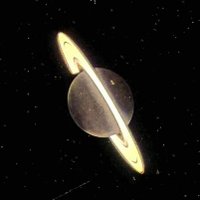
Xavi Bros
@xavi_bros
Amateur astronomer, Anysllum Observatory, AstroSabadell. Psychologist pursuing a PhD in psychiatry. Author of "En las playas de Sedna": amzn.to/3eFUDpV
ID: 2555122579
https://www.amazon.es/~/e/B0BDS3DC1Z 08-06-2014 16:29:25
18,18K Tweet
47,47K Followers
28,28K Following














